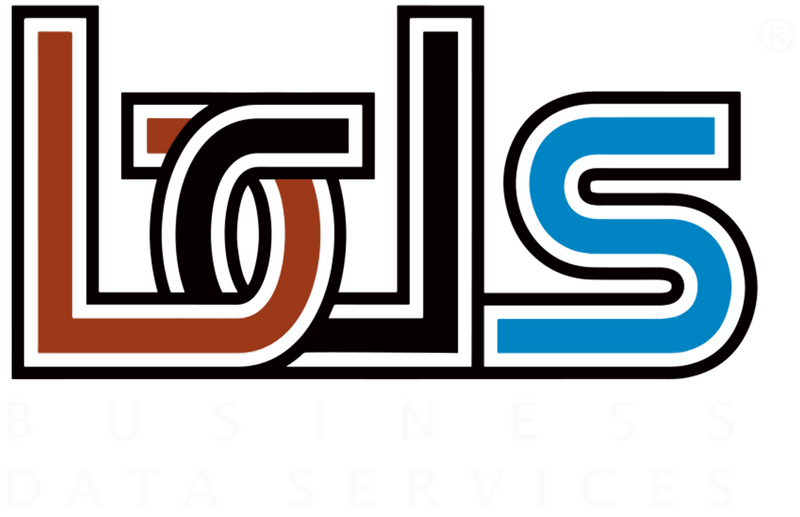 Let’s be honest—most small businesses don’t think about IT until something breaks.
Let’s be honest—most small businesses don’t think about IT until something breaks.
The server crashes. A client email won’t send. Your Wi-Fi cuts out during a Zoom meeting.
Then it’s all hands on deck, fingers crossed, and a last-minute call to the “tech guy” to fix it.
Sound familiar?
That’s the reactive IT model—and it’s costing you more than you realize.
Not just in money, but in time, trust, and momentum.
But what if your systems didn’t just get fixed—what if they were quietly monitored, patched, and protected before problems ever showed up?
That’s the power of proactive IT—and the reason more Kansas City firms are making the switch.
In this post, we’ll break down:
- The hidden costs of reactive support
- What proactive IT really looks like
- How it protects your business, your team, and your reputation
- And how to know when it’s time to level up
Because good IT should help you sleep at night—not keep you up wondering what’ll break next.
What’s the Real Cost of Reactive IT?
Reactive IT sounds harmless at first—call your tech guy when something breaks, fix it, move on.
But if you're constantly putting out tech fires, you're not just dealing with inconvenience—you're leaking time, money, and client trust.
Let’s say your payroll system crashes the morning of a big run.
Or your client presentation won’t load because your file server is acting up.
Or your internet goes out and you lose half a day of work while waiting for a fix.
That’s not just downtime. That’s business loss.
And for small firms in Kansas City where relationships and response times matter, every hour offline could be a client lost—or worse, your reputation questioned.
Hidden Costs of Reactive IT:
- Unplanned downtime that halts operations
- Emergency repair bills that wreck budgets
- Stress on your staff trying to work around broken systems
- Poor client experience from delayed deliverables or missed meetings
- Long-term trust erosion when tech problems become the norm
It’s the death-by-a-thousand-cuts model—and many businesses don’t even realize how much it’s costing them until a client walks away or a deadline is missed.
Instead of treating IT like a fire extinguisher, what if you had a smoke detector—something that warned you before the damage?
That’s where proactive IT steps in.
What Proactive IT Looks Like in a Small Business
If reactive IT is the fire department showing up after the blaze, proactive IT is your sprinkler system, smoke detector, and fire drill—all working quietly in the background.
In a small business, proactive IT isn’t about having more tools—it’s about smarter strategy. It’s how you reduce risk, cut surprise costs, and keep everything humming without waiting for disaster to strike.
Here’s what it looks like in action:
✅ 24/7 Monitoring & Alerts
You’re not waiting for a system to fail—your IT partner is watching for slowdowns, threats, and unusual activity before it becomes a problem.
✅ Routine Updates & Patch Management
Proactive IT means all your software, firewalls, and devices are up-to-date—automatically. No more “Oops, we forgot to install that security patch from last month.”
✅ Backups That Actually Work
Not just “we think it’s backing up,” but verified, off-site, encrypted backups with regular restore tests. So if something goes down, you can bounce back fast.
✅ Documented Processes & Access Controls
Clear onboarding/offboarding processes. Individual logins. Role-based permissions. Your systems are secure and streamlined.
✅ Disaster Recovery Plans That Aren’t Just Talk
You have a written, tested plan for what to do when something major happens. And everyone on your team knows the first three steps.
Bonus: Proactive IT Isn’t Just About Prevention—It’s About Growth
When your tech works consistently, your team stops wasting time on workarounds. They focus on real work. That’s where the ROI kicks in.
Want to see what this looks like in your business?
👉 Explore our Managed IT Services for Small Businesses in Kansas City
Reactive vs Proactive IT: A Side-by-Side Breakdown
Still wondering if the switch is worth it? Let’s lay it out clearly.
Here’s how reactive IT stacks up against proactive IT in the real world:
| 🔥 Reactive IT | 🛡️ Proactive IT |
| Waits for things to break | Prevents problems before they start |
| Unplanned downtime | Predictable uptime |
| Emergency repair costs | Fixed, budgeted monthly costs |
| Interrupts your team’s workflow | Keeps your team focused and productive |
| Stressful fire drills | Calm, consistent operations |
| Client disruptions & trust loss | Seamless service and reliability |
| Higher long-term risk & cost | Lower risk, better long-term ROI |
Why Small Businesses Stick with Reactive IT:
- “It’s what we’ve always done.”
- “We’re too small for a full plan.”
- “We just call our guy when something breaks.”
And yet—those same businesses are the ones calling us after the panic sets in.
If you're constantly reacting to tech problems, you're running your business in survival mode. And that’s no way to grow.
Real ROI: What Businesses Gain with Proactive Support
Making the shift from reactive to proactive IT isn’t just about preventing problems—it’s about unlocking real business value.
When your tech stops being a source of stress and starts working seamlessly in the background, your entire operation levels up.
Here’s what Kansas City firms gain when they go proactive:
Lower Total IT Costs
While proactive IT may seem like a bigger monthly investment, it slashes surprise repair costs, emergency service fees, and downtime-related losses. You get predictability—and peace of mind.
Improved Team Productivity
No more “waiting on IT” or making do with glitchy workarounds. Your team can focus on their jobs, not on fixing printers, restarting routers, or troubleshooting broken apps.
Stronger Client Trust
When your tech works consistently, so does your service. That means fewer missed deadlines, smoother client interactions, and a reputation for reliability.
Reduced Risk Exposure
With real-time monitoring, tested backups, and tighter access controls, your chances of getting breached, losing data, or failing an audit go way down.
Leadership Peace of Mind
No more 2 a.m. calls because “the system’s down.” Proactive IT helps owners and leadership teams sleep easier knowing that they’re protected—and that someone’s watching their digital back.
From our report on 5 Significant Financial Risks:
The average cost of downtime for a small business can range from $5,600 to over $20,000 per hour—depending on the industry and data lost.
That’s not a number you want to roll the dice on.
👉 Want to see how your business stacks up?
Take our Cybersecurity Quiz to get a clear read on where you’re strong—and where you’re exposed.
Final Gut Check: Are You Hoping for the Best… or Planning for It?
Let’s get honest for a moment.
Most small businesses aren’t ignoring IT—they’re just hoping everything holds together.
The server that’s “a little old.”
The backup that “should be running.”
The IT guy who “usually responds fast.”
It all works… until it doesn’t.
And when it doesn’t, the cost isn’t just technical—it’s emotional. Stress, lost confidence, fire drills, and in some cases, lost clients.
So ask yourself:
- Do you know how long it would take to restore your systems after a crash?
- Could you prove your IT policies to an insurer or compliance auditor?
- Is your team trained on what to do if they see something suspicious?
- Is your business protected while you sleep?
If you had to say “I think so” or “I hope so,” it’s time to stop guessing.
✅ Here’s What Planning Looks Like:
- Documented policies
- Tested backups
- Active monitoring
- Tight access control
- A clear disaster response plan
- A partner who actually has your back
That’s what proactive IT delivers—not just fewer problems, but more confidence in the business you’ve worked so hard to build.
Next Steps: Take Control Before the Next Fire Drill
If you’re still relying on “hope it works” when it comes to your IT, it’s time for a change.
Whether you’re running a small team or managing critical client data, you deserve tech that just works—and a plan that doesn’t wait for disaster.
✅ Ready to find your blind spots?
Take our free Cybersecurity Quiz and see where your biggest vulnerabilities are hiding.
👉 Take the Quiz Now
🗓️ Prefer to talk to a real person?
Book a no-pressure Discovery Call to walk through your IT setup, your risks, and how we can help you sleep better at night.
👉 Book a Call
Because smart IT isn’t about fancy tools.
It’s about building systems that let your business run calmly, confidently, and without you putting out fires every week.
And that’s a plan worth investing in.









